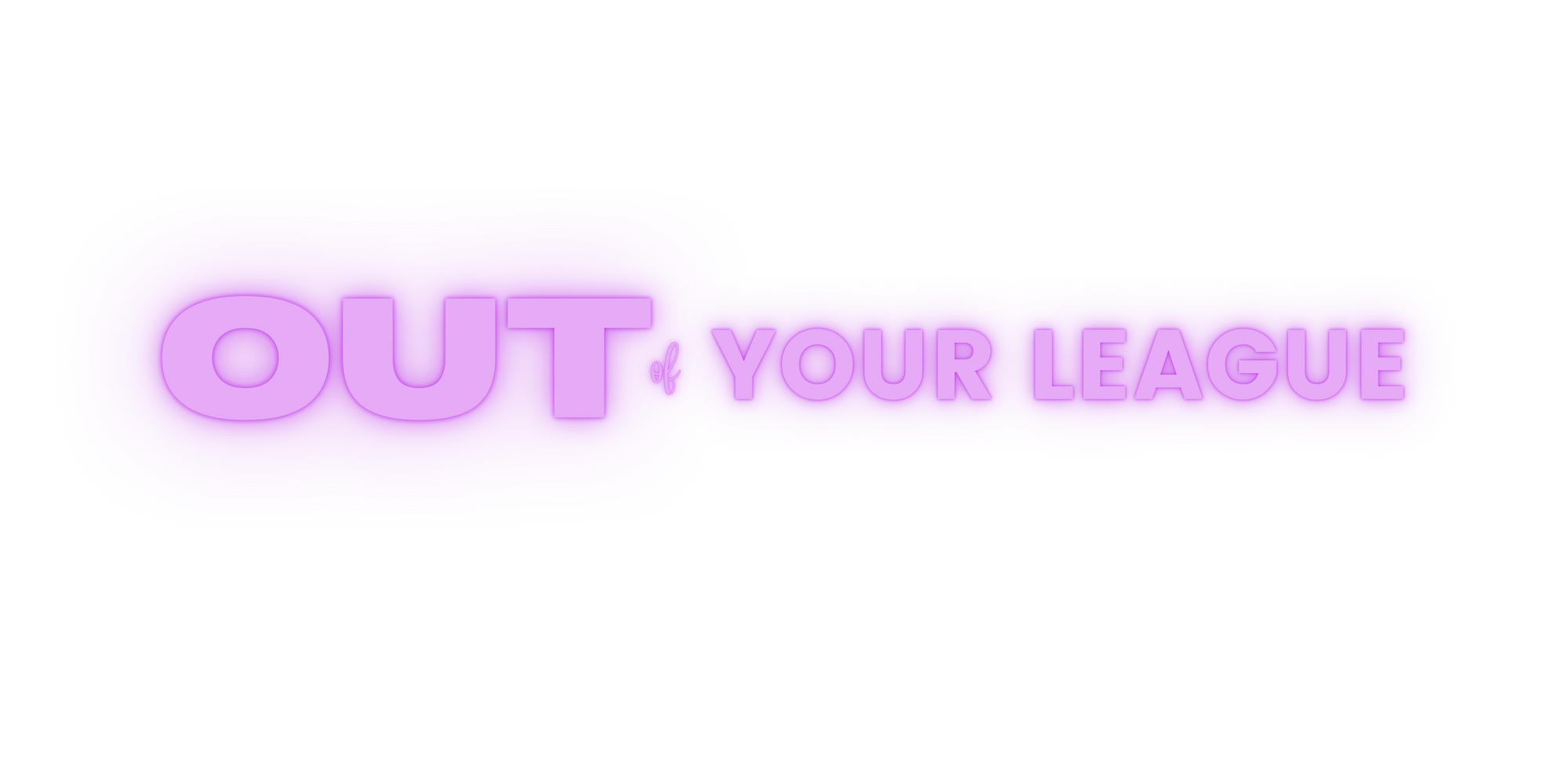“I want to be a role model for kids.”
That phrase has been uttered by more athletes than I can count; it’s become standard and expected. When you have a platform and millions of young people look up to you, you are assumed to carry a responsibility to set a good example and be the kind of person a kid should emulate. And to some extent, that’s true.
Committing crimes? Generally bad. Using racial slurs? Bad. Abusing an intimate partner? Bad. High profile athletes should avoid doing these things, but so should every human.
But beyond the basics of being a decent person, the idea behind being a “role model” tends to have a very narrow definition: yes, it generally means things like staying out of legal trouble and not being an abusive asshole (though the latter doesn’t seem to hurt the public image of male athletes), but it can also mean things like not cursing, not partying, and conforming to a specific kind of lifestyle.
Those ideals of what it means to be “respectable” are almost always queerphobic and racist.
Queer athletes remain closeted for many, many reasons. Andrew, writing at The Victory Press, explains, “Sports have not changed to accommodate the queer player; instead, it's the queer athlete who must always adapt to the hostile and dangerous environment of a sporting culture that's been designed for the comfort of others.”
But gay athletes who choose not to be publicly out also stay quiet about their personal lives (often done with coded language about being “private” individuals) because they’ve been told they’re supposed to set a good example and be someone that kids can look up to.
(For evidence of this, see what the Tennessee Titans told me when I asked why they don’t put same-sex couples on the kiss cam: “I think that [featuring same-sex couples] is a scenario where there are people who might be upset about it, that someone could find it offensive. Don’t take that as a political statement; we just don’t want to upset anyone.”)
This idea, that queerness is somehow not “family-friendly” or that it is potentially “offensive” to some people, is stifling, oppressive, and a form of violence. Despite same-sex marriage being legal in the United States, queerness is still considered subversive. Reporting on why more gay athletes don’t come out often asks the wrong question — we should be putting the onus on sports culture to be made safer for gay athletes, not on queer athletes to come out in a hostile environment — or it ignores the many, many women athletes who are publicly out.
Men’s sports still have a long way to go to make their locker rooms a safe place for athletes to be openly gay, but women’s sports have been on the forefront of this. The WNBA and the soccer USWNT, in particular, have many out players. Athletes like Megan Rapinoe and Layshia Clarendon have not only spoken about being gay, they’ve talked about athlete activism, about social justice and racism. They are important, and their visibility matters.
But there are other ways, beyond sexuality, that the idea of being an athlete and a role model is both limiting and harmful when we define “role model” in such a restrictive way. It’s why athletes like Courtney Williams are just as important as athletes like Rapinoe and Clarendon. She’s a different kind of role model, one that rejects the respectability politics that often come with that label, and that’s perhaps an even more significant way to show kids what kind of person it’s possible to be.
As Williams told me when I interviewed her last spring, she’s been told to watch what she posts on social media. A parent told Connecticut Sun coach Curt Miller she won’t let her daughter follow Williams on Instagram because of the content. Miller told me that becoming a pro “off the court” is the next step in Williams’ development as a player.
But Williams rejects that. Yes, sometimes she posts stories of herself doing shots of alcohol and she shares videos of girls twerking and she posted a lot of content from strip clubs when she first made it into the WNBA (“I was living my best life!” she told me). What she told me about why she continues to be true to herself on social media is that she wants to be “a real model, not a role model.”
This is another benefit of social media, allowing athletes to shape their own public image instead of having teams and publicists do it for them. They can subvert the constraints that have historically been placed on them — female athletes, in particular — that often forced them to conform to oppressive, limiting, and heteronormative ideals. By taking control of their public image, they are free to buck the expectations that they only act in ways that make mainstream audiences (read: white, straight) comfortable.
As Williams said in her Instagram story, pretending to be something she wasn’t “kept [her] up at night.” Maybe she’s “not the WNBA player your kids should follow on IG,” but maybe she is: an example of what it looks like to be exactly who you are. Young queer, Black girls can see another way of being in the world, one that’s just as valid as any other, one that doesn’t require sacrificing any part of themselves in order to make anyone else happy.
It’s time to rethink who gets to be a role model and why, and to expand our definitions of what it means to set a positive example for young people.
who gets to be a "role model?"
on rejecting the idea that all athletes should be respectable
